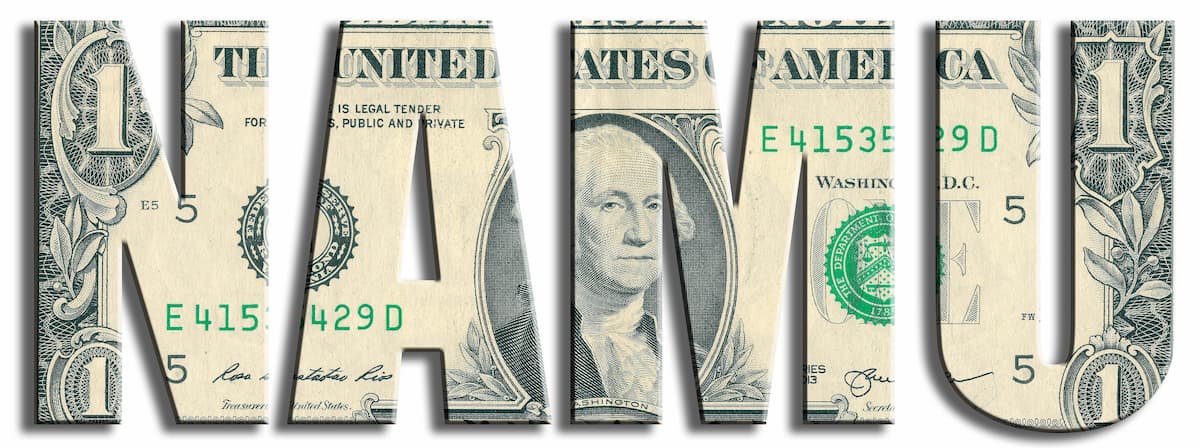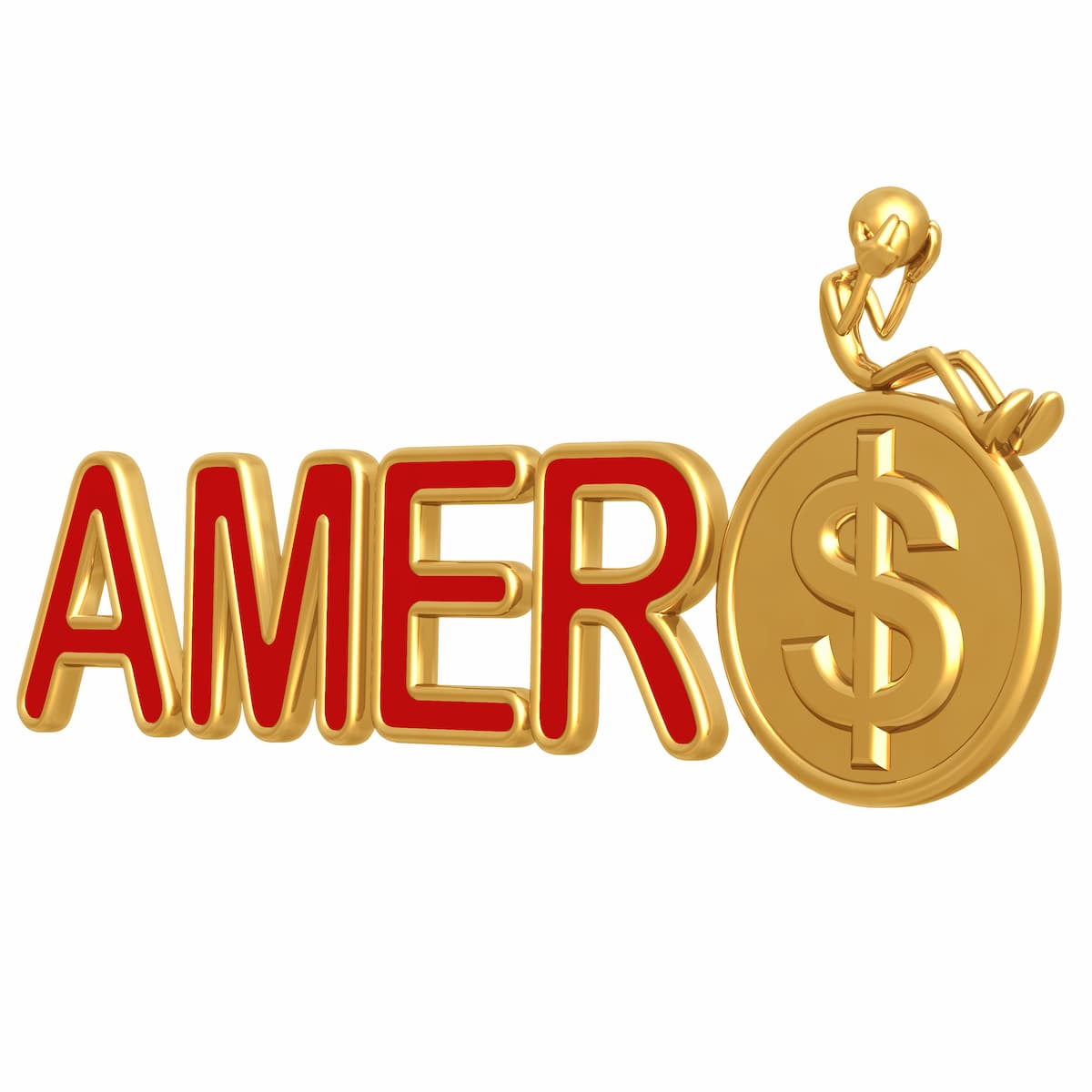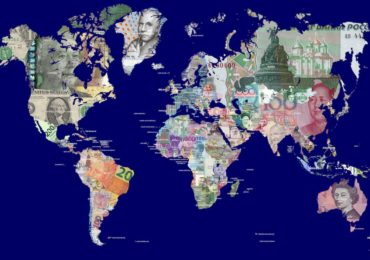What is a Currency Union? What Impact Could the Amero have?
When two or more groups, generally countries, decide to peg their currency exchange rate or share a common currency to maintain its worth at a specific level, it is known as a currency union. It is also known as a monetary union; amongst the primary goals of creating a monetary union is to manage and synchronise the monetary policy of each country.
Using the same currency means that money is easily understood. It also makes it easier to fix exchange rates. Let us say that Canada and the US agree to make one Canadian dollar equal to one US dollar. This would set the exchange rate rather than letting it fluctuate as it does now. To fulfil this possibility, the Amero has been considered.
The goal is to integrate a monetary policy as well as manage it centrally. Thus, not only will people use the common currency but one central bank will take care of the monetary and currency policies for all of the nations.
Usually, a currency union is involved in the unveiling of common coins and banknotes. However, this function might be split between the participating states. They may either be given the right to issue banknotes or coins on behalf of the common central banking system or the respective currency of each country becomes a denomination of a common currency.
The most prominent instance of a monetary union is the creation of one currency, which is used amongst most European countries: the euro. This example shows the interplay of political and economic factors in the procedure of setting up a currency union.
From an economic viewpoint, a currency union helps to reduce transaction prices in an increasingly harmonised regional market. It also aids in increasing price transparency, thus increasing the market’s efficiency and inner-regional competition.
History of the Monetary Union
Currency unions have been adopted multiple times in the past with an aim to strengthen economies and facilitate trade while helping to unify the previously divided states. During the 19th century, the former customs union of Germany helped to integrate the different German Confederations states with the goal of increasing trade.
Starting in 1818, more states subsequently joined, raising a series of actions to standardise the values of coins used in the area. This system was successful and helped to safeguard Germany’s political unification in 1871. This led to the formation of Reichsbank in 1876 as well as the national currency, the Reichsmark.
Similarly, France led the Latin Monetary Union in 1865, which encompassed Belgium, France, Greece, Switzerland, and Italy. Silver and gold coins were standardised and made legal tender and were freely exchanged over borders to escalate trade. The monetary union was successful and was joined by other countries. However, in the 1920s, it was disbanded with the stresses of war as well as other economic and political hardships.
The Scandinavian Monetary Union also existed during the 1870s. It was based on a common gold currency. Other historical monetary unions include the eventual adoption of the national currency by the USA. in 1863. Several years ago, the Amero was proposed to be the common currency of the USA, Mexico, and Canada,
Currency Union Traits

A monetary union is different from a complete economic and currency union in that it shares a common currency between more than one country, but without eventual integration between participating nations.
Further integration may cover the adoption of the single market to facilitate cross-border trade, which entails the elimination of fiscal and physical barriers between countries to liberate the movement of labour, capital, services, and goods to strengthen overall economies.
Present examples of monetary unions include the CFA Franc and the euro, among others.
Advantages of the Currency Union
Eliminates Exchange Rate Fluctuation
Businesses that operate under common currency would not have to worry about exchange rate fluctuations. For example, if country A bought goods from country B using different currencies, at the time of payment, which could be a few months later, fluctuations in their currencies could lead to a loss for one of the countries.
Reduced Transaction Costs
Typically, a tourist loses some of the value of their money in the form of commission when exchanging currencies. The exchange process may also take time. If there was a common currency, tourists would not have to spend extra time or money getting their currency exchanged.
Similarly, traders would save money as they would not have to keep an account of variable currencies.
Facilitate Market Expansion
If there was a common currency, trading in multiple nations would be easier for a businessperson because they would no longer need to worry about exchange rate fluctuations. Additionally, price transparency and lower transaction costs would encourage companies to expand their business within the common currency area. This would give rise to employment and investment.
Disadvantages of the Currency Union
Loss of the independent monetary policy
With common currency comes the integration of the economic policies of the countries involved. This takes away the rights of a country to follow its own monetary policy, as it is bound to act according to the decision of the body handling the common currency for all of the countries.
Increased Public Debt
Having a common currency means easy access to loans that come with a lower rate of interest. This also means that a country can freely take loans from banks of other nations. However, this might lead to mounting public debt, which happened in the case of Greece.
The North American Monetary Union

There is a theoretical monetary and economic union of three North American countries: Mexico, the United States of America, and Canada. Implementation would require the three nations to give up their present currency units: the Canadian dollar, the US dollar, and the Mexican peso, and embrace a new one, formed especially for this purpose.
The hypothetical currency for this union is referred to as the Amero. The concept is inspired by the euro, the common European Union currency. Academics have considered this possibility; however, no serious proposal has been made by lawmakers in any of these three countries, until now. So far, the Amero is not exchanged in the interbank market.
Where did the Amero idea come from?
The Amero idea was first suggested by an economics professor at the Fraser Institute, Herbert Grubel. He had proposed that one combined currency of three nations would boost trade by decreasing the complexity of trades engaging in more than one currency and removing the exchange rate risk.
Herbert Grubel also mentioned that the Amero could diminish borrowing costs and eradicate wage arbitrage, the practice of employing labour in other countries with an unfavourable exchange rate to take advantage of non-pricey rates.
Support
Canada
It has been argued that the Amero would save nearly $3 billion in currency exchanges. It was also anticipated that Canada’s GDP may rise by 33% during a twenty-year-period with the adoption of the common currency. The idea of a standardised currency has been historically unpopular historically in English-speaking Canada, unlike French-speaking Quebec, where it has received more support.
Other Regions
Smaller levels of currency collaboration have been previously exercised in America. Some nations such as Brazil and Argentina have attached their currency to the American dollar. Others, such as the Bahamas, Aruba, the Organisation of the Eastern Caribbean, and Barbados still do.
In El Salvador, Nicaragua, Costa Rica, Honduras, Peru, the Bahamas, Bermuda, and Panama the US dollar is accepted alongside their local currencies. Out of these countries, Panama and El Salvador are fully dollarised.
Ecuador officially accepted the US dollar as its only currency in 2000. In several areas of Canada, alongside the Canadian dollar, the US dollar is also accepted.
Criticisms
The idea of accepting the Amero as a common currency was not well received by either Canada or the USA. The first proponent of the Amero, Herbert admitted that American officials did not show any interest in the topic. Likewise, the Department of Finance in Canada strongly opposes the formation of the common currency with the US, citing the loss of economic dominance.
We like to keep our pages fresh and update them periodically. Sign up to stay in the loop with the latest FX Guys News!
Trade-offs
From the viewpoint of the Mexican and Canadian governments, a major hindrance to the formation of a common currency is the dominance of the USA in any such union. The US dollar already behaves like a global currency, implying that any shift to a new currency may risk compromising this position as well as causing a shift towards yen or the euro.
Currently, the US dollar is being utilised in over half of the world’s exports, twice the total of US foreign trade. The acceptance of the Amero could endanger the seigniorage that the USA presently gains from the US dollar. While seigniorage would be gained from the Amero, it would be shared among the Federal Reserve, the Banco de México, and the Bank of Canada.
Therefore, even if the common currency was employed just like the US dollar, the gains would be shared amongst two or more countries instead of being exclusively held by the USA.
Varying Debt and Economies
Several issues could arise in relation to macroeconomic management. Countries could lose significant autonomy in currency management, including the setting of interest rates, if they choose to submit to a common currency.
Debt is an element impacting currency prices. Until 2010, the Canadian federal government debt was decreasing while the USA’s debt was increasing.
Another concern with the Amero is the varying economic conditions between each country. Unlike the Eurozone, which has service-based economies with high public spending, high taxes, and wealth being formed through the sales of services and goods, North America has three distinct economies.
The Mexican economy is based mainly on industry, agriculture, and manufacturing with a need for free trade; the US economy is dependent on services such as retail, with greater taxes and lower public spending; the Canadian economy is based on services and has higher public spending and taxes, with a huge sector in basic goods, such as mining, lumber, and oil.
Some observers note that the Eurozone crisis was a result of an ineffective fiscal union. The budget of the EU is relatively small in comparison to the individual budgets of Eurozone countries. Leading up to the Eurozone crisis, some nations incurred more debt as compared to the unenforced EU codes called for.
Because of the centralised currency union, nations experiencing issues were unable to employ a local monetary policy to recover and destabilise the currency that was also utlised by more financially healthy countries. However, the debt levels and national budgets of Mexico, the US, and Canada are also set completely independently, which could lead to similar issues for a scenario in which the currency policy was centralised.
Contrastingly, the economies of several US states are strongly integrated. Internally, the US has powerful fiscal federalism; all but one of fifty states possesses a balanced budget amendment. Moreover, the federal budget is huge compared to state budgets, leading to the effective federal stabilisation of the national economy and currency.
Amero Coins

In August 2007, conspiracy theories and rumours started doing their rounds across the internet, suggesting that the US Treasury had issued Amero coins. This could have been a result of photographs of medallions crafted by Daniel Carr, a coin designer. Daniel designed the Rhode Island and New York 2001 statehood quarter and sells tokens and medals of his designs on his website.
His designs include an array of copper, silver, and gold fantasy issues of Amero coins, which vary in denomination from one thousand to one. Later, Hal Turner’s blog went viral; it talked about the common currency and featured images of the coins designed by Daniel. He alleged, in his blog, that the images were genuine. This sparked the possibility that the three countries were actually considering a currency union.
Conclusion
A currency union represents the choice of countries to share a common currency, or the pegging of exchange rates by more than one country, to maintain their currencies at a specific level. This would lead to managing and synchronising the monetary policy of each country involved.
Currency unions have been adopted in the past due to their ability to strengthen economies, facilitate trade, and unify previously divided states. Some examples of currency unions include the Euro, the hypothetical Amero, and the Latin Monetary Union.
The Amero is a hypothetical monetary and economic union of three North American countries – Mexico, the United States of America, and Canada. Although it does not exist as yet, in 2008, due to a blog post by Hal Turner, rumours were spread about its existence.
While the adoption of a common currency in these three countries is unlikely, it would affect the world immensely if it happened. The USA already enjoys superiority over most of the world and the integration of the currencies of these three North American countries would probably lead to an even stronger currency, giving the US more power. However, it would also mean compromised control over the currency as well as its economic policies.
We like to keep our pages fresh and update them periodically. Sign up to stay in the loop with the latest FX Guys News!











